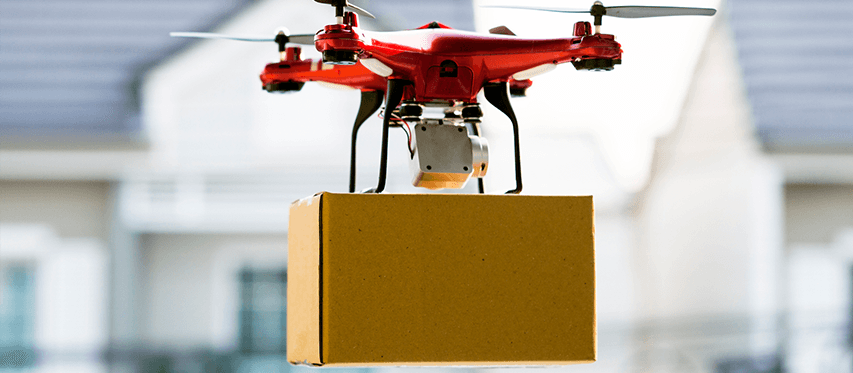Hughes

To celebrate 50 years of Hughes innovation and leadership this year, we have been posting a “5 for 50” series that shares personal insights from Hughes executives on all things related to technology and trends. Here are 5 major digital turning points I see looking back on the history of retail.
- 1978—First Dial-Up Online Bulletin Board System (BBS). The first BBS came to life during a Chicago blizzard, when its inventors, Ward Christensen and Randy Suess, sought to host their computer club gatherings without having to brave the elements. The BBS concept offered the first computer-based forum akin to a push-pin bulletin board common in grocery store entrances.
- 1990s—Welcome to the Web. When the Internet was born and its standard development language (HTML) for websites emerged, people and businesses had their first opportunity to conduct online transactions. With that came the arrival of “cookies,” the small files websites use to monitor and remember information about visitors. This spawned the practice of data gathering, which grew increasingly important for online retailers.
- 1998—Google Launches. While early search engines existed, none took hold like Google when it launched, taming the sprawling and chaotic mass of material on the Web by ranking search results according to popularity. With these capabilities, e-commerce sites devised strategies for landing atop the results list. By the early 2000s, Google debuted Ad Words to enable retailers to buy a spot at the top.
- 2007—The iPhone Arrives. The evolution from cell phones of the 1990s to smartphones took time since devices were expensive and clunky. But when Apple released its first-generation iPhone, it revolutionized the mobile phone industry and opened the gates for increased e-commerce activity and eventually the app economy.
- 2020—Artificial Intelligence (AI) and Machine Learning (ML) Took Hold. In the past decade, we’ve seen a steep rise in data gathering and analytics with a focus on better understanding online consumer behavior. In the years ahead, we will unleash the power of AI/ML to shape customer experiences and meet expectations, whether that means supporting near instant product delivery by drones or deploying voice recognition apps to simplify the purchase process.
Check out other insights and trends here.
Popular Insights